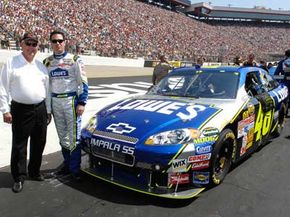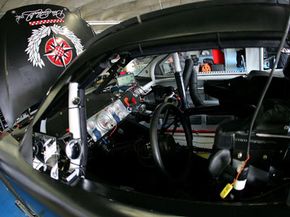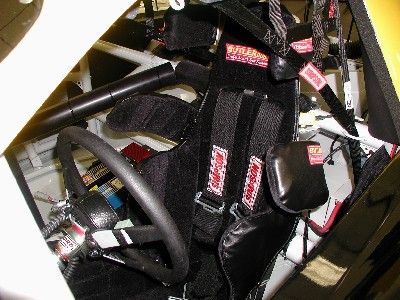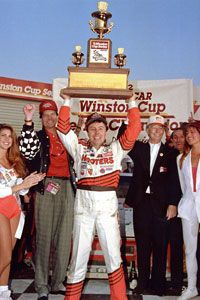On Feb. 18, 2001, stock car racing lost one of the men whose name was practically synonymous with the sport itself -- Dale Earnhardt, Sr. Earnhardt was coming out of the fourth turn of the final lap of that day's Daytona 500 when his left rear quarter panel was tapped by driver Sterling Marlin. Earnhardt's infamous black number 3 Chevrolet skidded up the racetrack before it slammed into the wall at the top of the turn.
Advertisement
By NASCAR standards, the wreck didn't look too severe. Neither Earnhardt's car nor that of driver Ken Schrader, who subsequently crashed into him, went airborne or caught fire. But Schrader got out of his car and walked away; Earnhardt didn't. The man known as the Intimidator died that day on the racetrack.
At the time, deaths were plaguing the sport. In 2000, NASCAR drivers Tony Roper, Adam Petty and Kenny Irwin were all killed while racing. The message soon became clear to NASCAR officials: The sport had to become safer.
In 2007, several years of research, testing and development came to fruition in the form of the Car of Tomorrow (COT), a completely redesigned NASCAR race car built with an emphasis on driver safety and oddly enough, cost-cutting.
The new car is slightly larger, a bit less aerodynamic, much less sensitive to impacts from other cars and more stable at speed. All contending manufacturers -- Chevrolet, Ford, Dodge and Toyota -- use the exact same template to build their race cars in order to make the competition more equal.
In this article, we'll look at the NASCAR Car of Tomorrow -- how it was developed, why it's different from the previous stock cars, and why, despite boasting improved safety features, Dale Earnhardt's own son has been a harsh critic.
Advertisement





